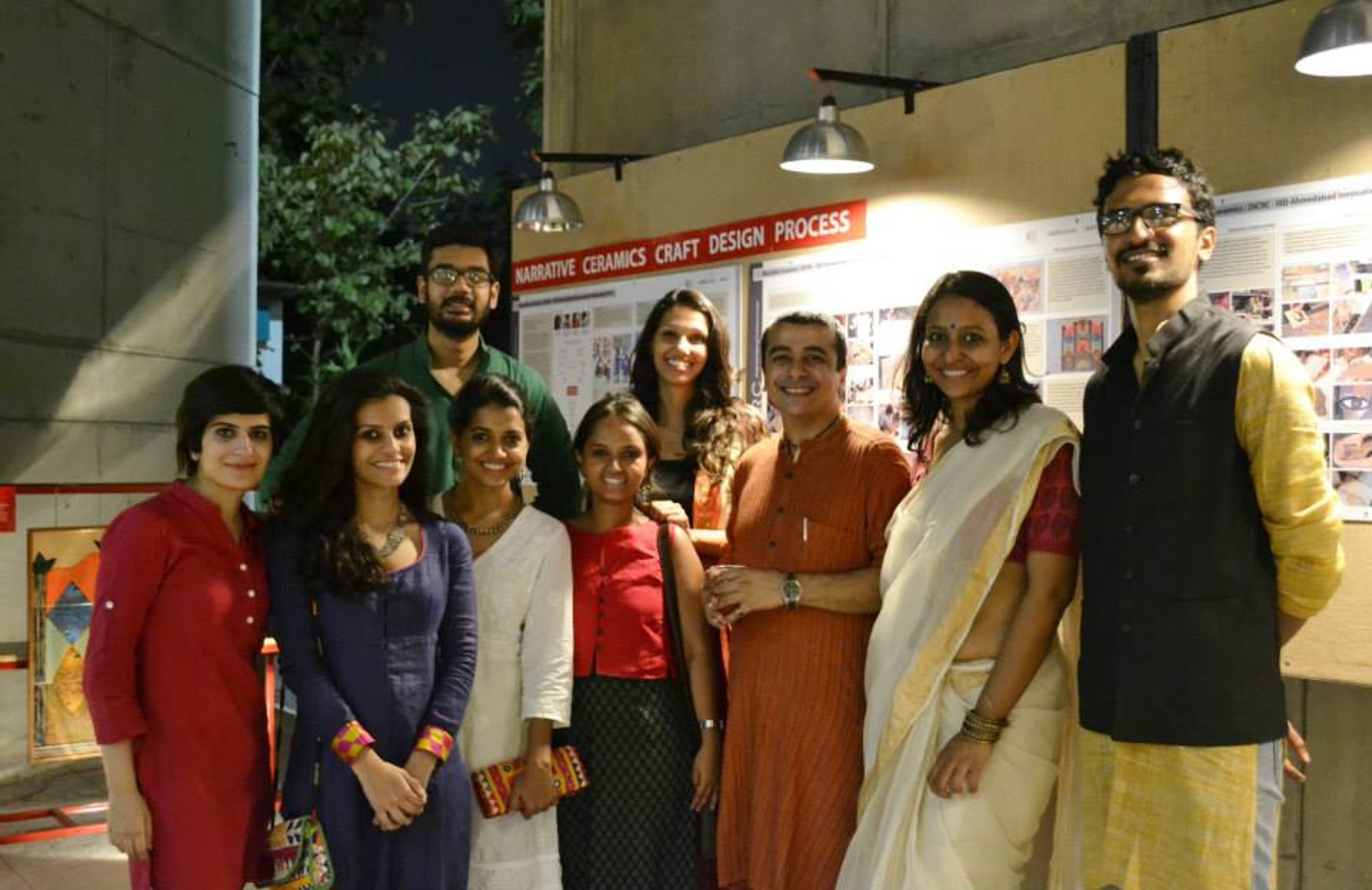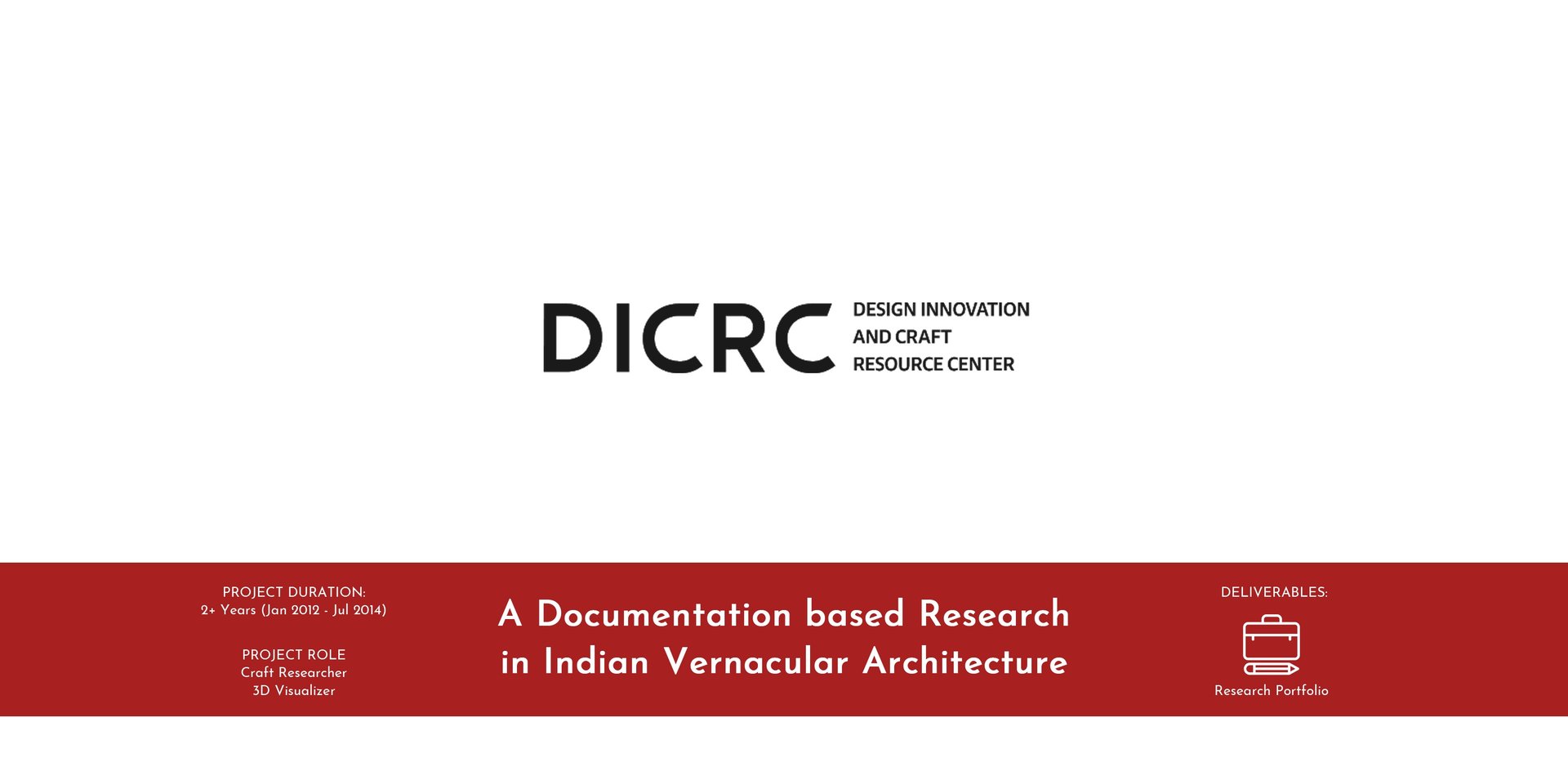
During my two-years with DICRC, my team and I conducted comprehensive documentation-based research on Space Making Crafts (SMC) prevalent in the vernacular architecture of rural towns and villages in India. The documentation process involved creating detailed measurements, drawing furniture and other interior elements, and translating them into 2D and 3D CAD drawings to scale. Additionally, we engaged in visual mapping, photography, and interviews with homeowners to gather insights about their houses.
"
"
TABLE OF CONTENT
(Select the content to navigate directly to it)
INTRODUCTION
NADIAD (A CITY IN GUJARAT, INDIA)
MANDVI (A TOWN IN GUJARAT, INDIA)
GANDHI NU GAAM (A VILLAGE IN GUJARAT, INDIA)
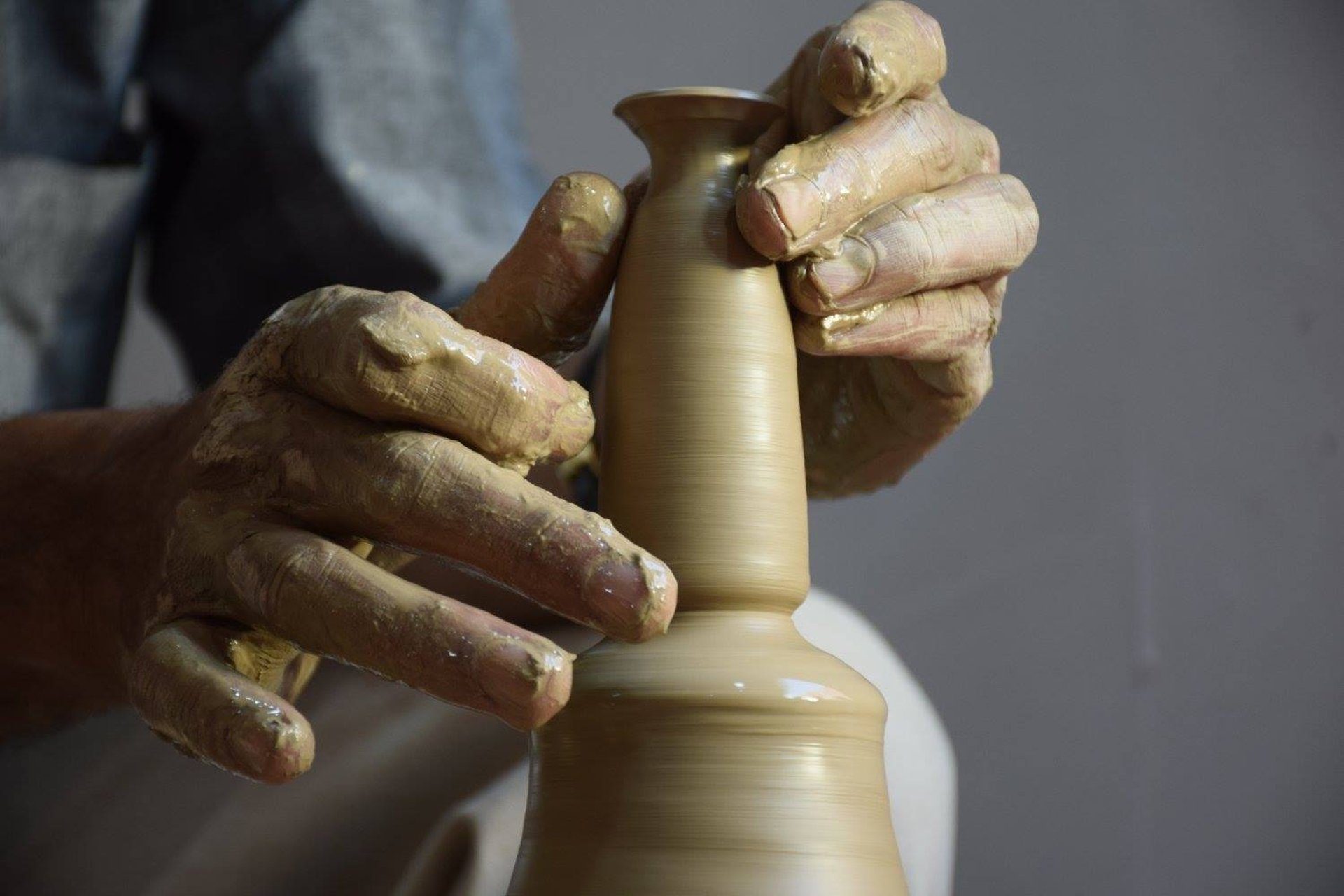
INTRODUCTION
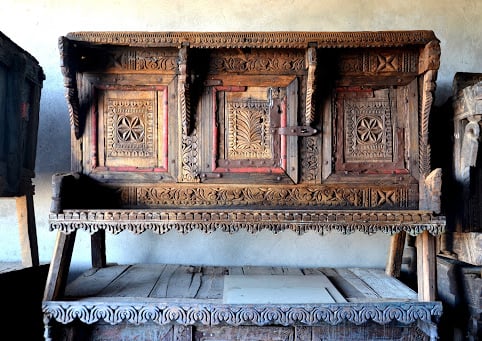

What is DICRC?
DICRC is a conducive platform where design thinking engages with a range of SMCs/SSCs and traditional knowledge. The main aim of DICRC is to identify, understand, research, reposition and re-engage SMCs/SSCs and Craftspeople within building and habitat sector. The underlying objective is to combine crafts related to built environment and spatial design to explore new paradigms and solutions in current milieu. It seeks to be a hub for innovative thoughts and craft-design practices to engage and interact. Its major activities are to conduct research, documentation, organize programs, workshops, projects related to SMC s and SSCs.
My Role at DICRC?
As a design researcher at DICRC, my role involved immersive fieldwork in three below mentioned Indian locations. We stayed with homeowners, documenting Space Making Crafts (SMC) by measuring, drawing, and conducting interviews about lifestyle, furniture, and heritage. Back at the base, we meticulously translated the data into detailed 2D and 3D drawings for comprehensive record-keeping and future design reference.
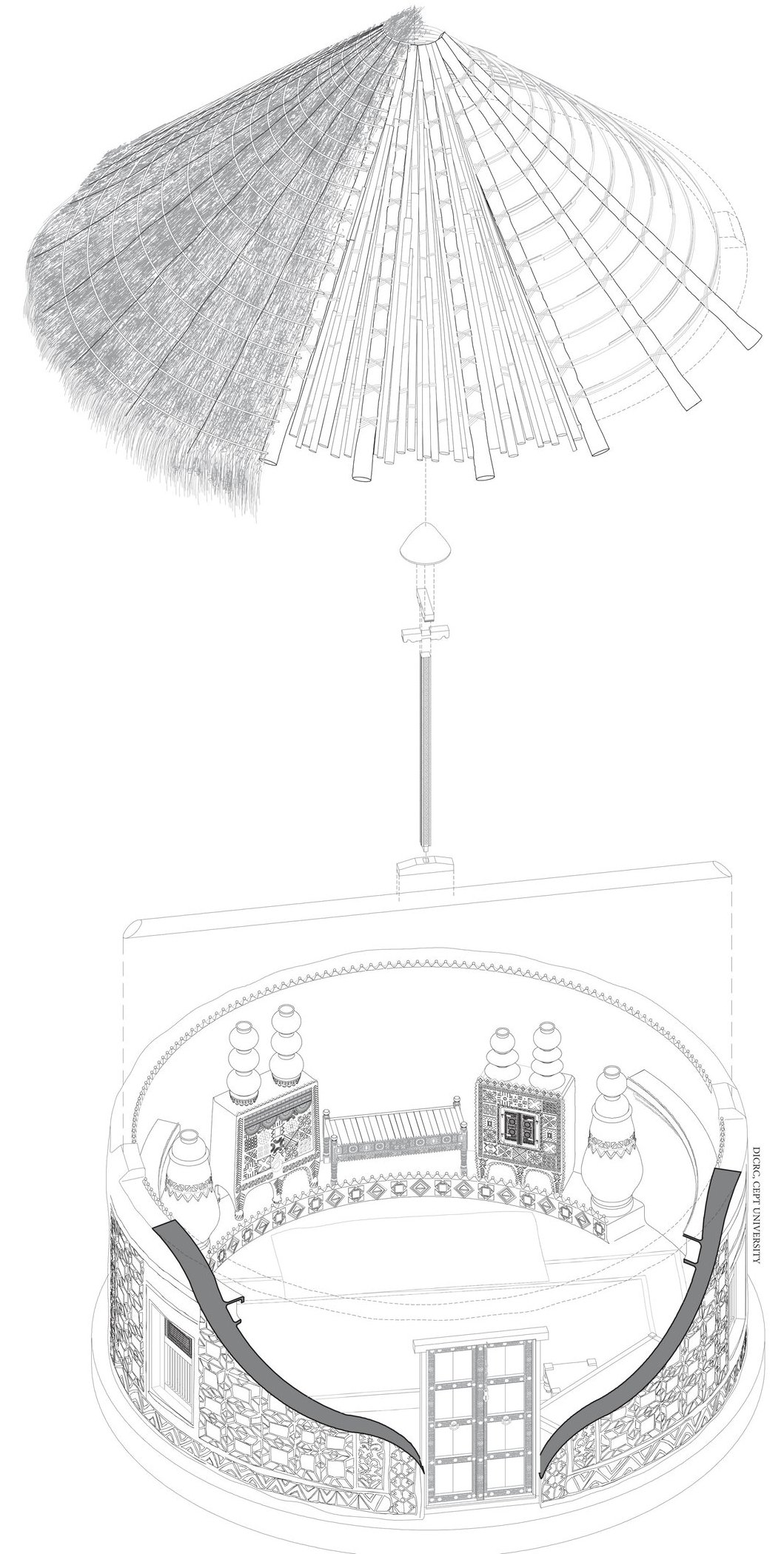

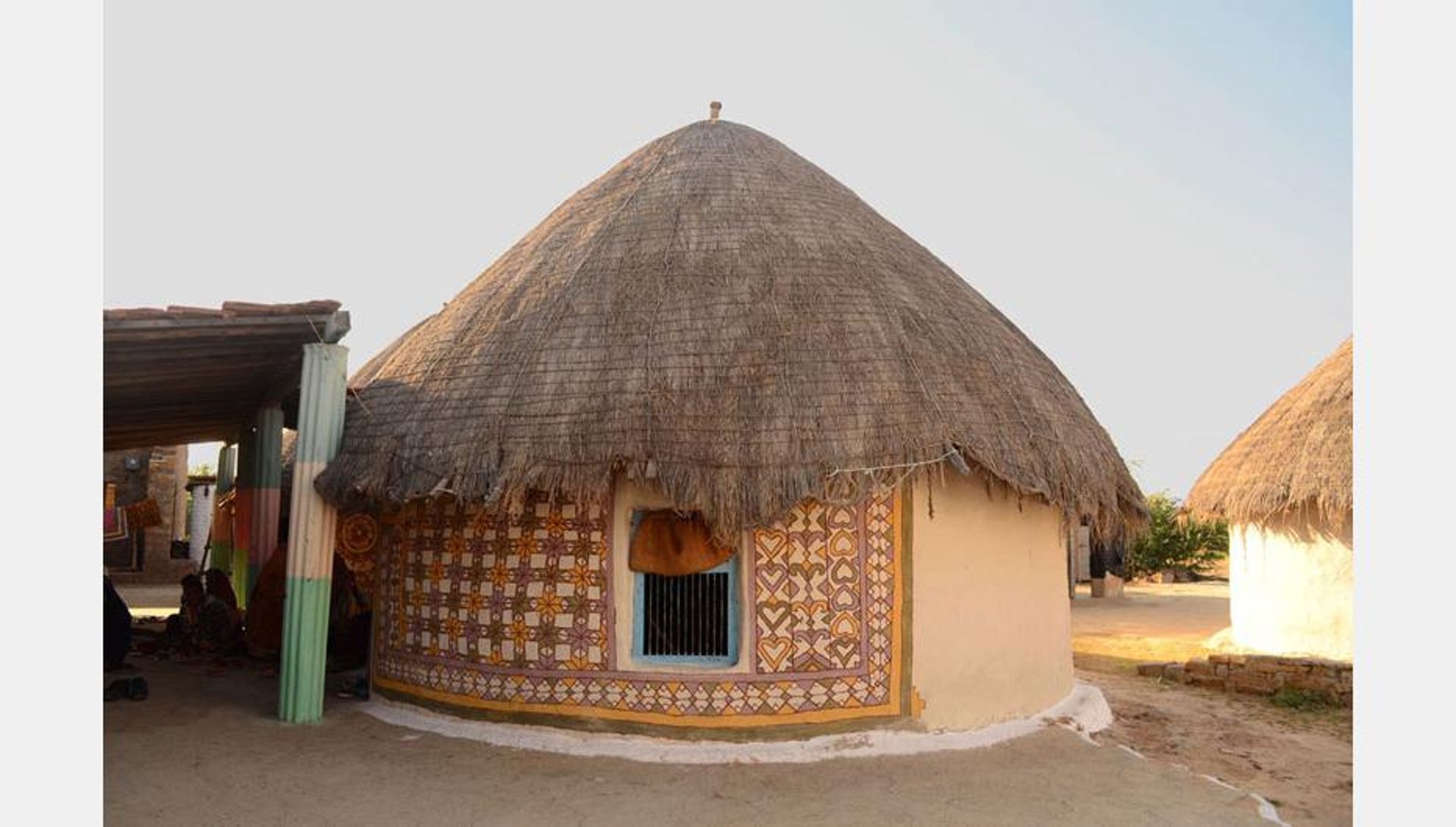
GANDHI NU GAAM
(A Documentation of Mud houses in a Village in Gujarat, India)
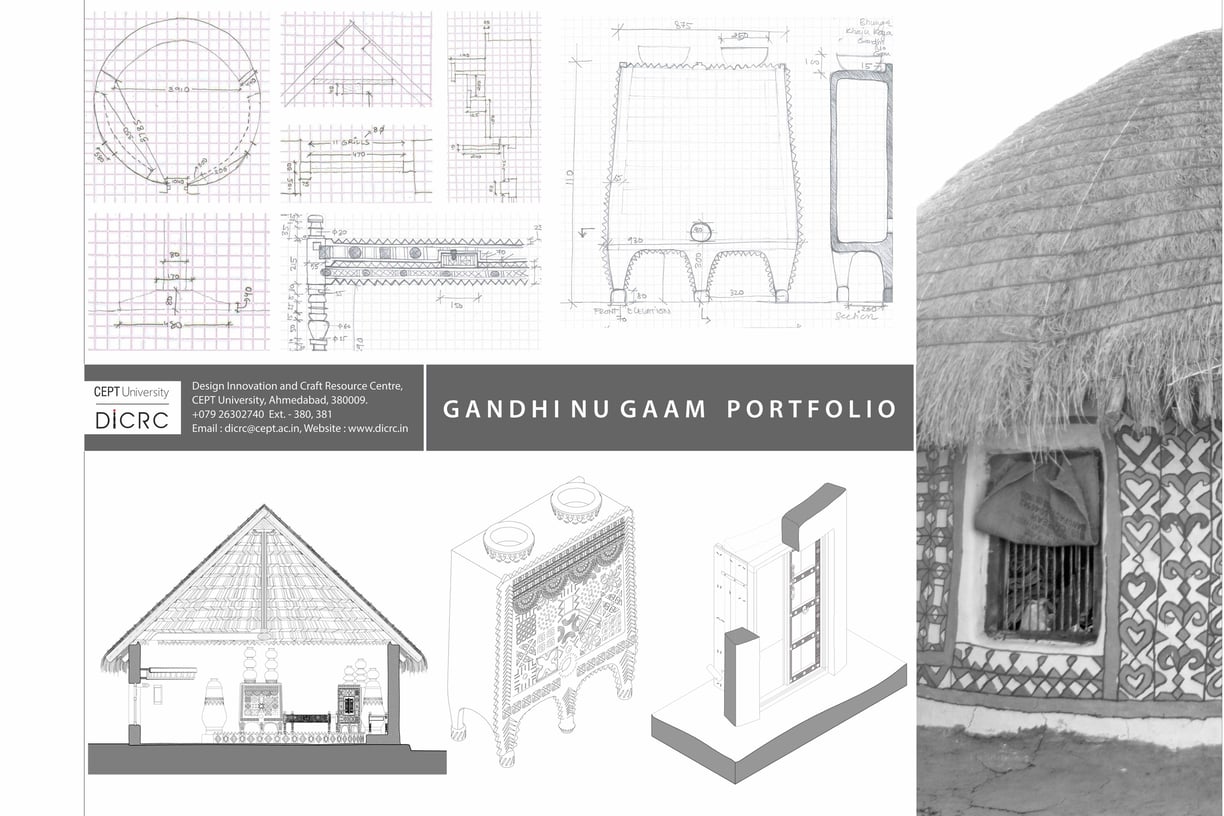


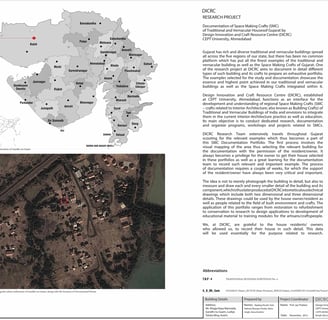
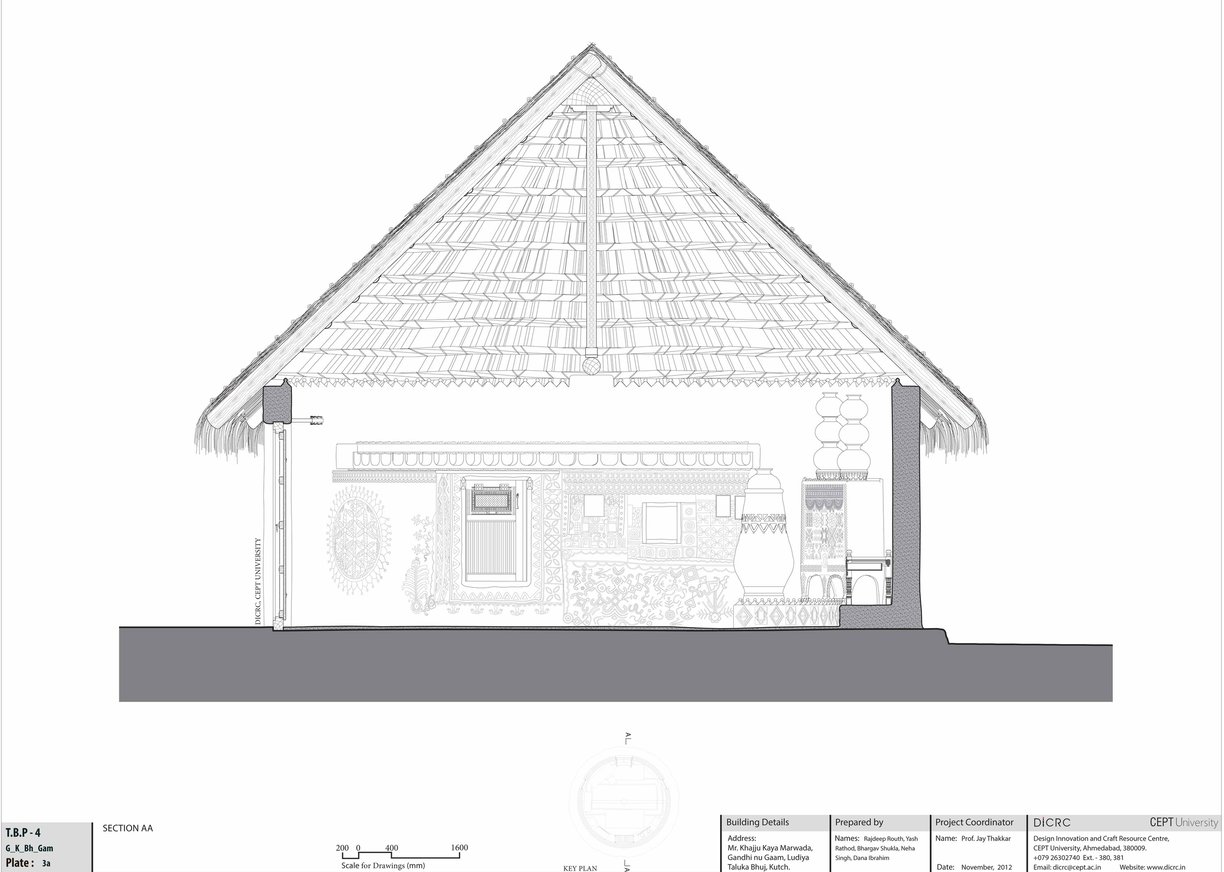

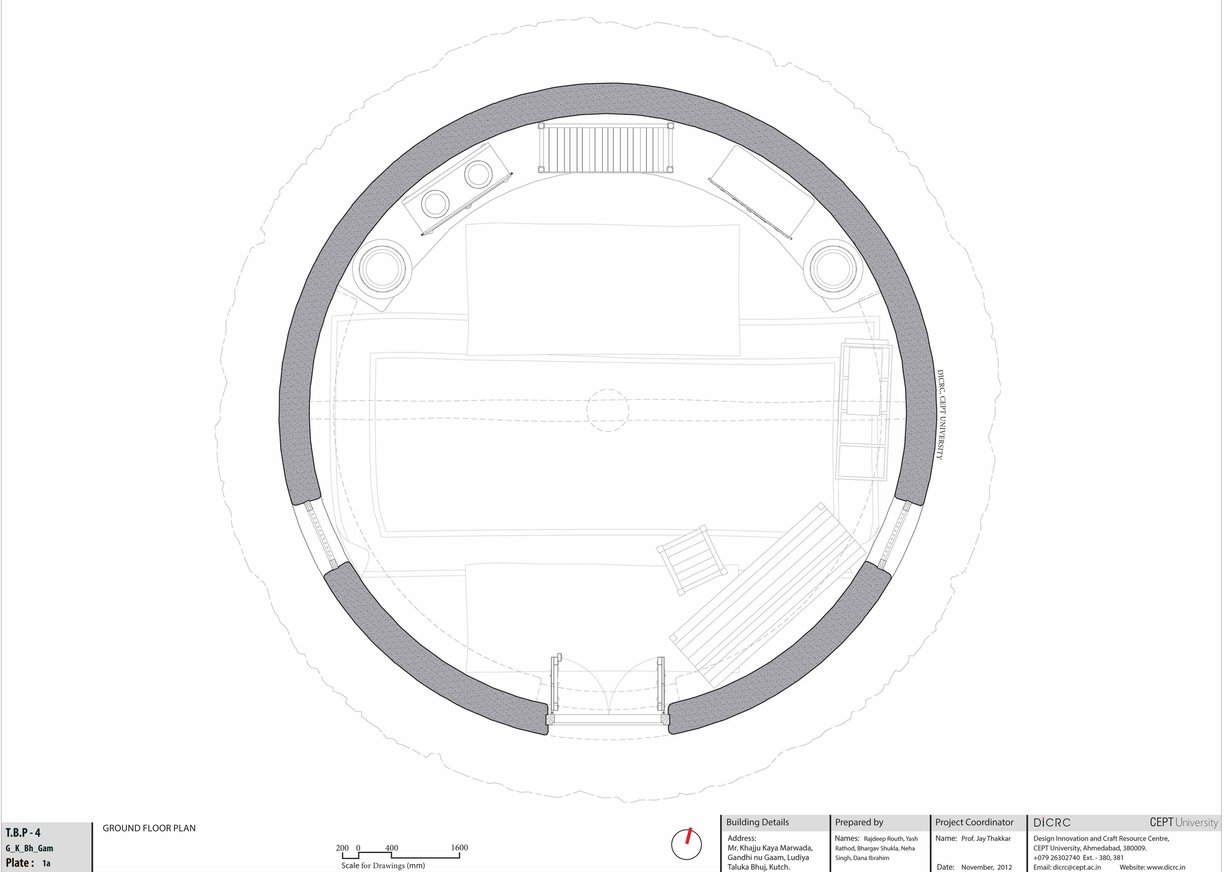

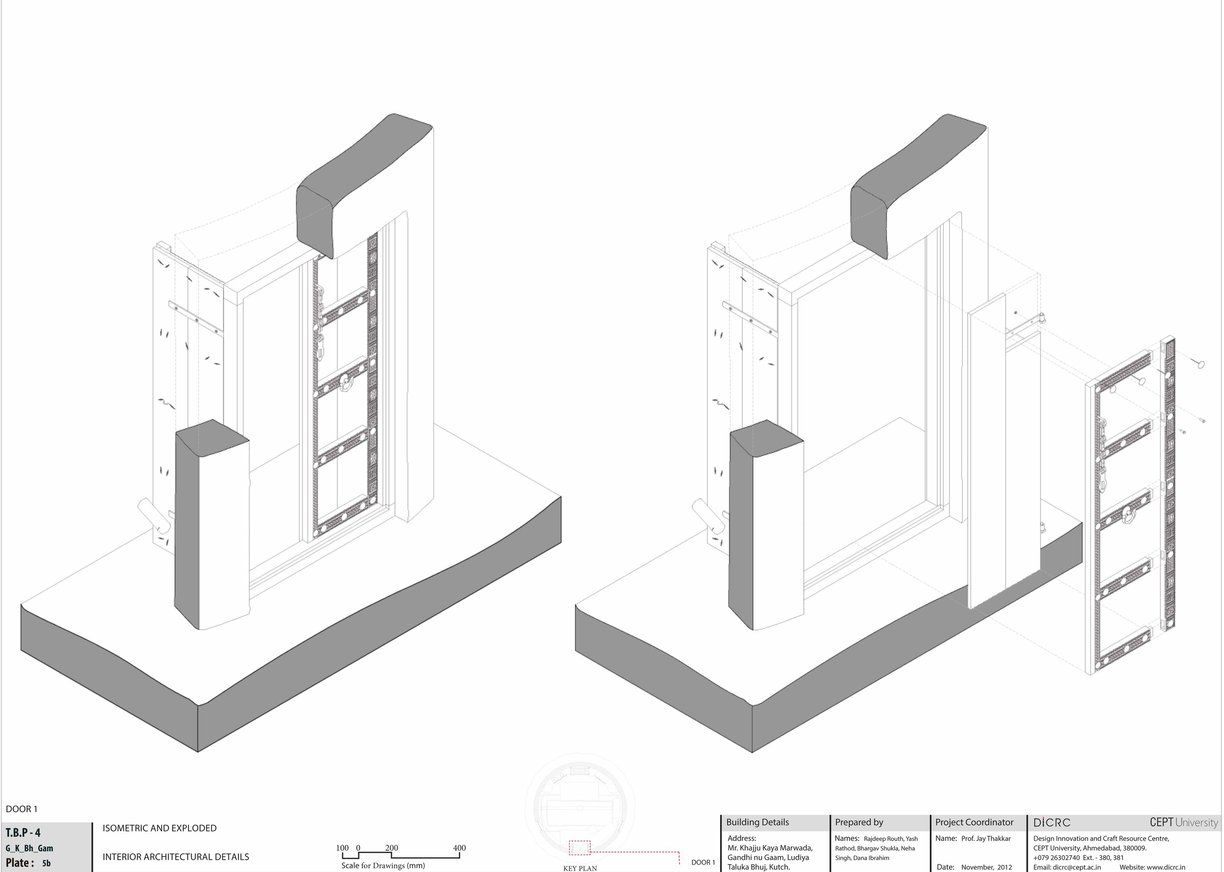

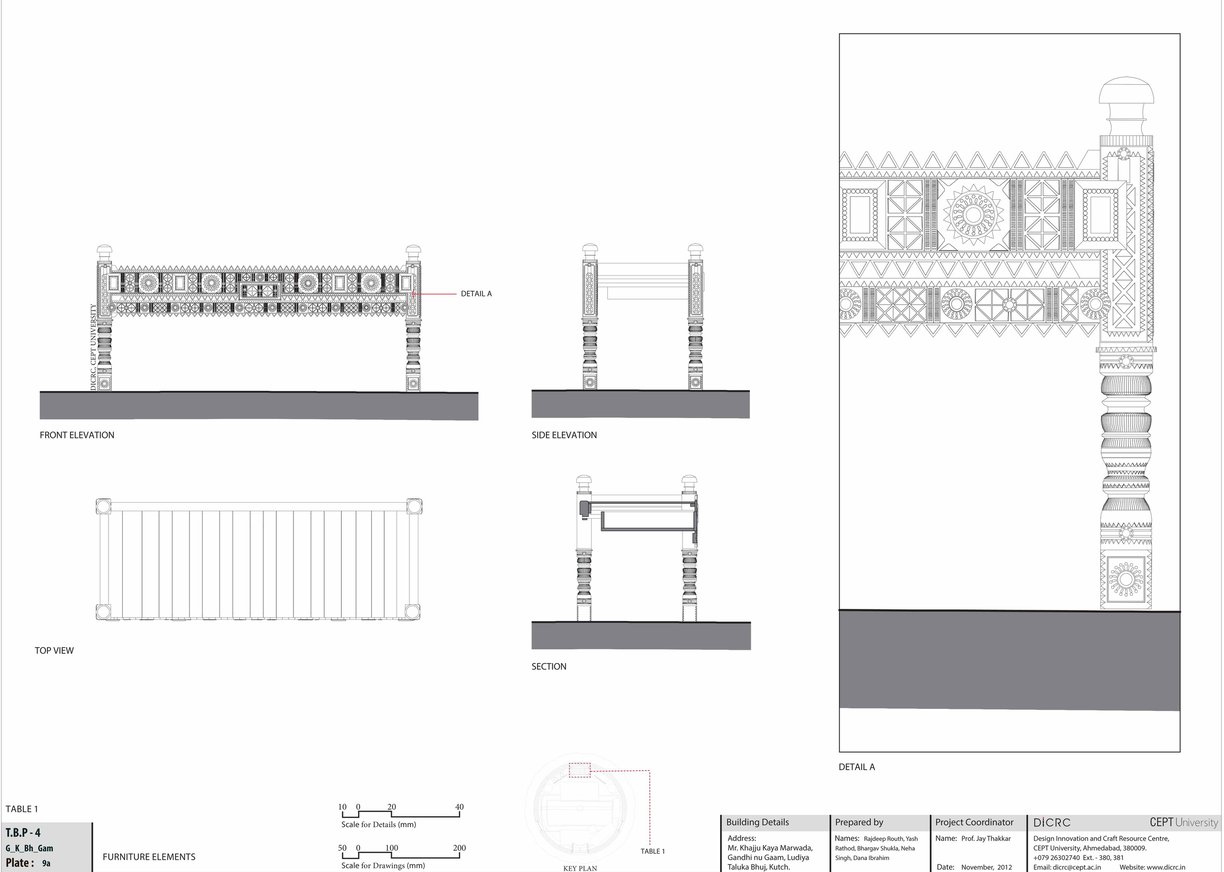

Introduction
Our team at DICRC documented this house in the Traditional Building Portfolios series, located in Gandhi nu gaam within the semi-arid region of Kachchh District, Gujarat. This dwelling is a representative example of bhungas, circular houses prevalent throughout the area. Despite being situated in a high seismic zone, these circular houses demonstrate an optimal response to earthquakes, making them safer for inhabitants. Owned by Shri Khajju Kaya Marwada, this 10-year-old residence was constructed during the post-earthquake reconstruction process. It features mud block bhungas with thatched roofs and intricate mural decorations.

NADIAD
(A Documentation of Traditional Wooden houses in a Town in Gujarat, India)
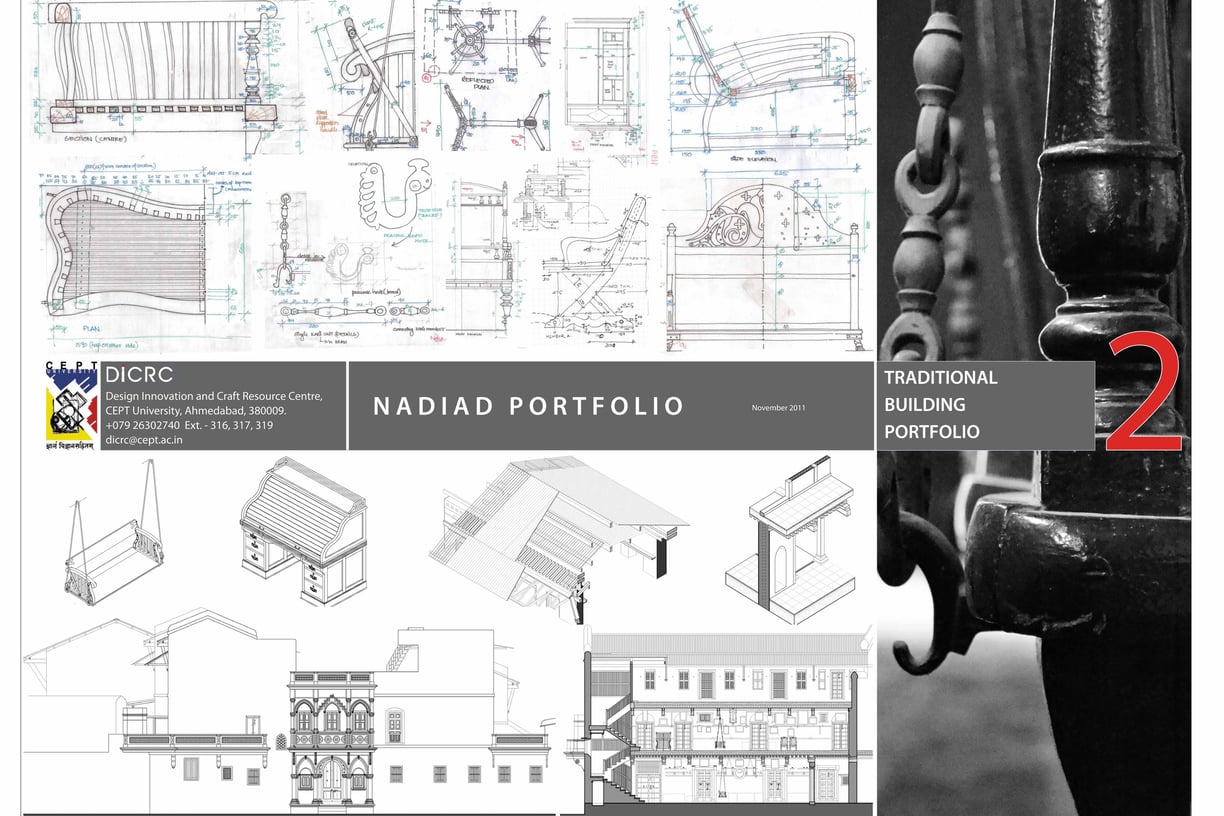

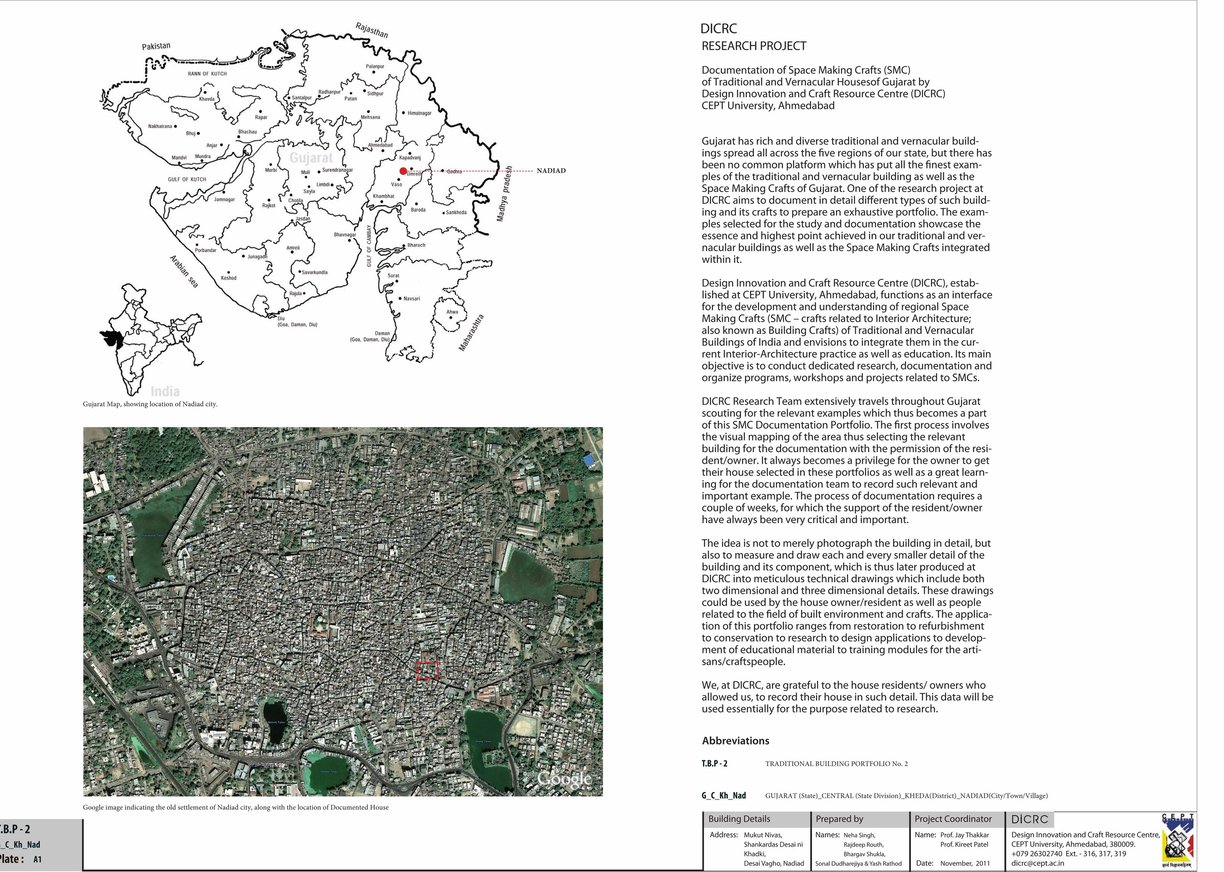

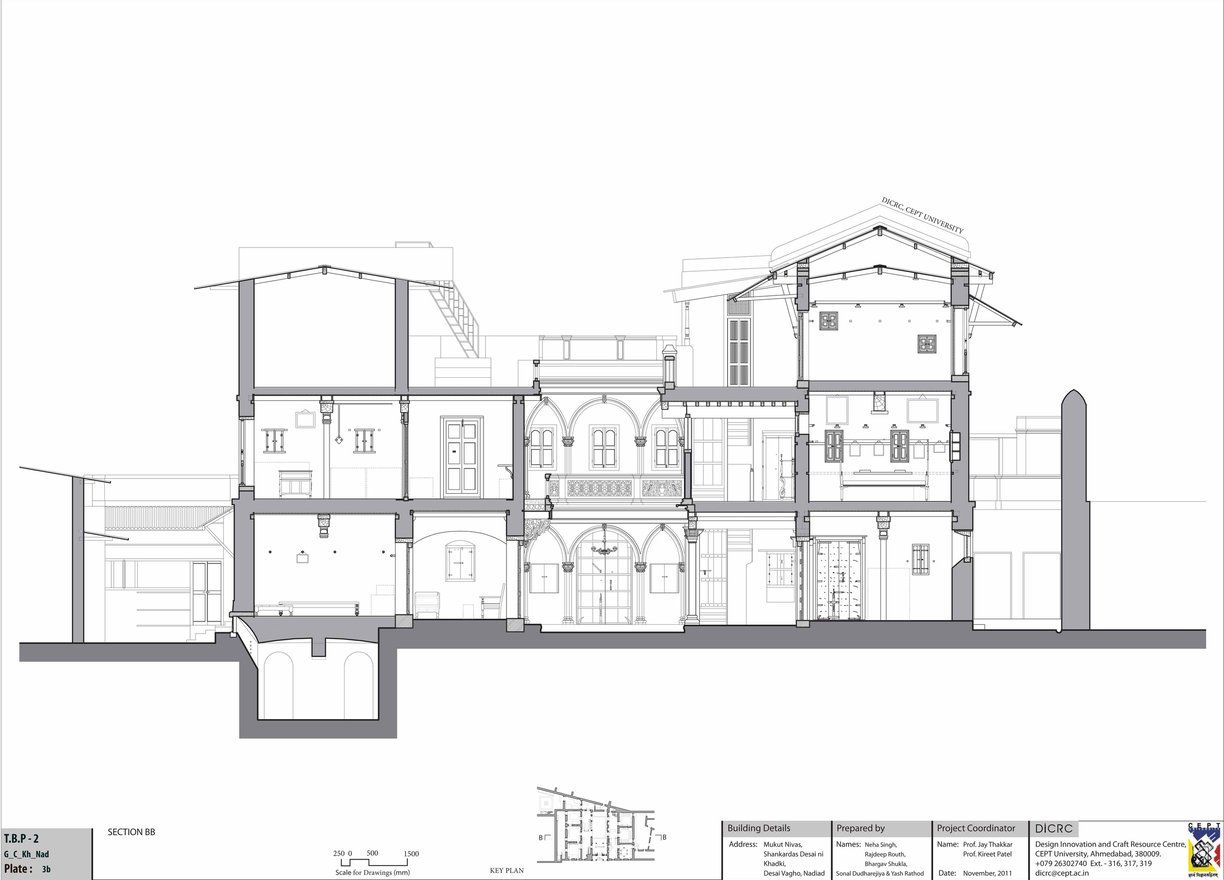


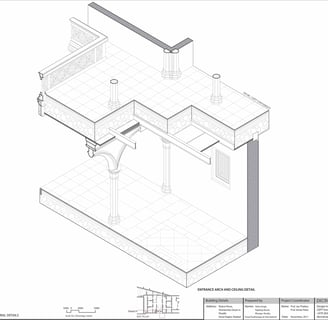
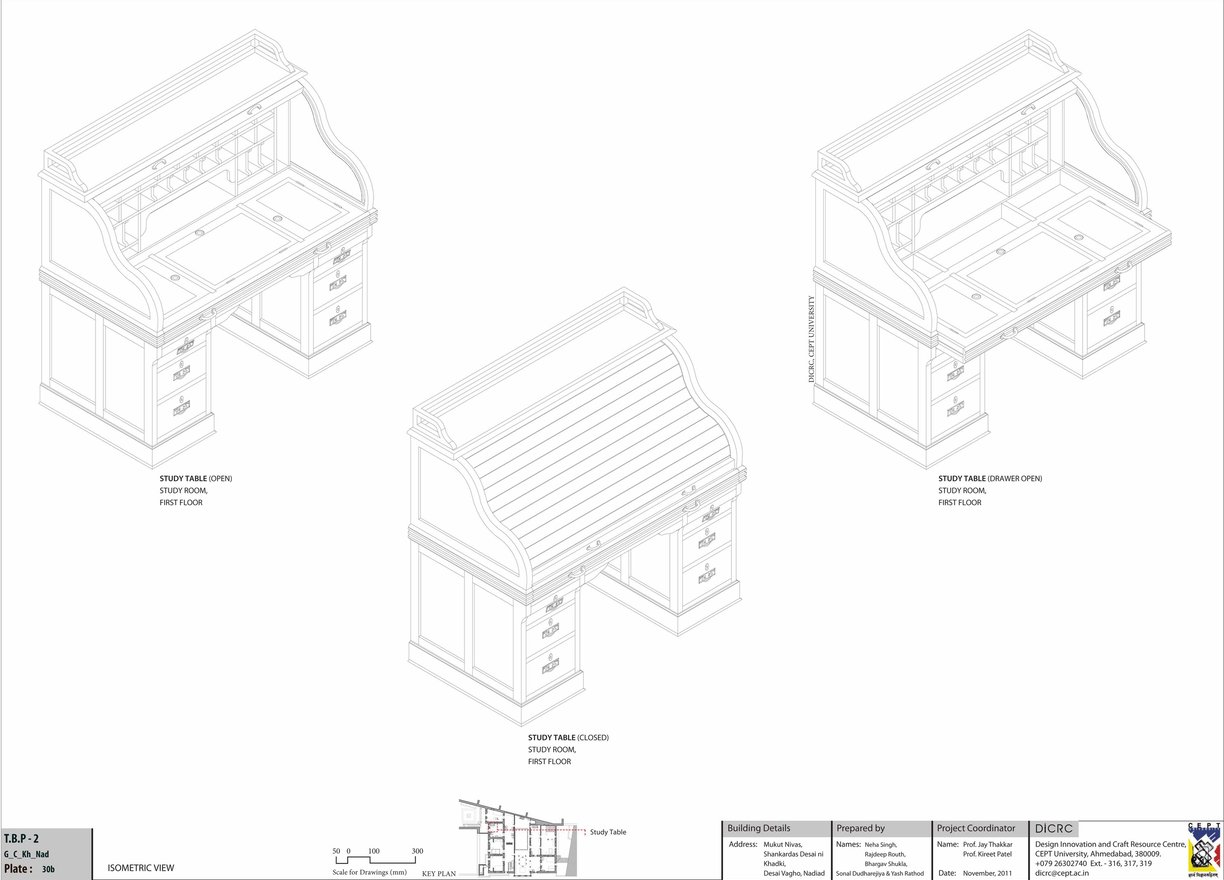

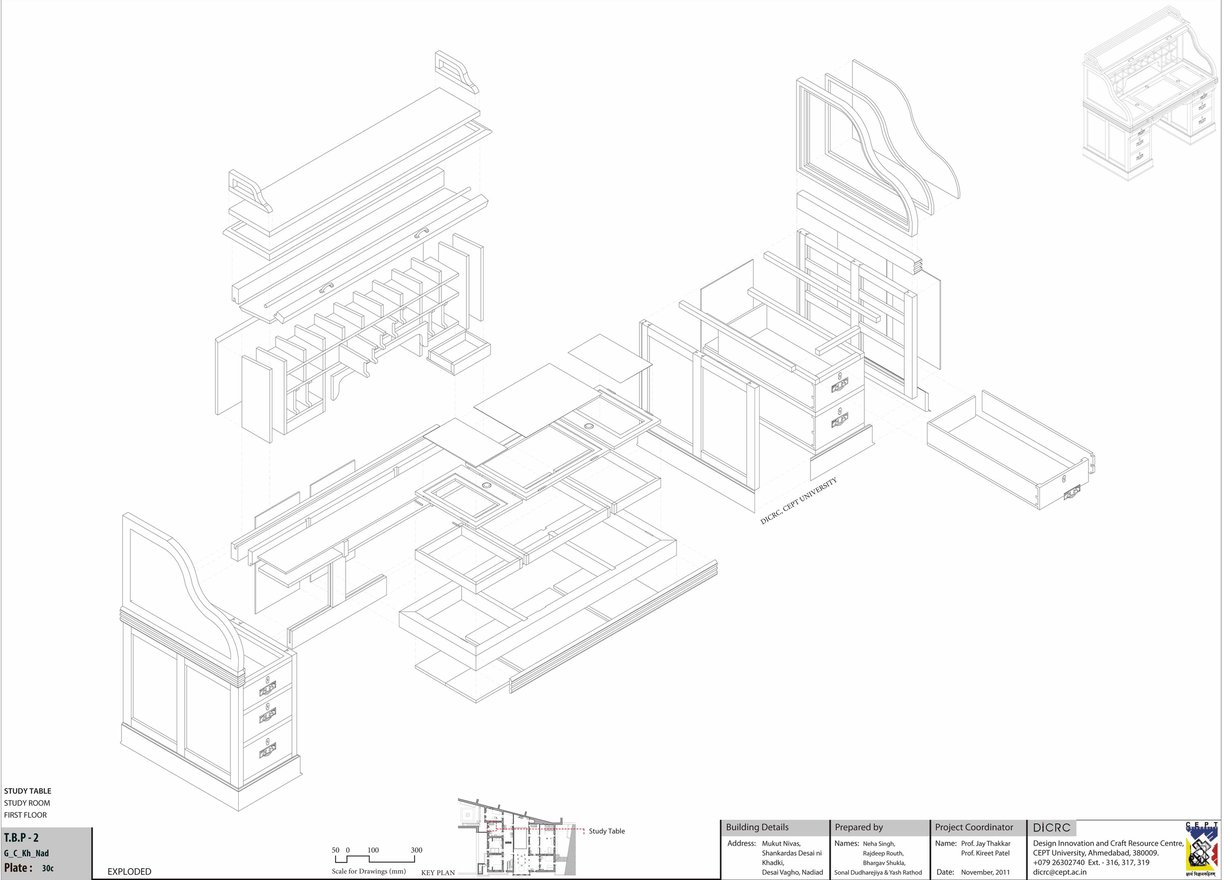

Introduction
This unique house, situated in the cultural heart of Nadiad, serves as a living museum of sorts, showcasing the artistry and skill involved in crafting traditional wooden homes. DICRC's documentation not only captures the physical attributes of the house but also delves into the cultural significance embedded in its wooden framework. The preservation of such architectural gems is vital for safeguarding the cultural identity and history of the region.
